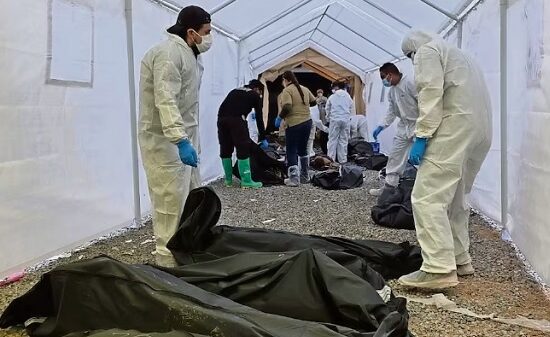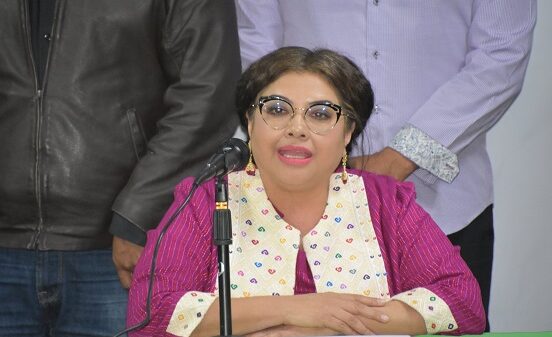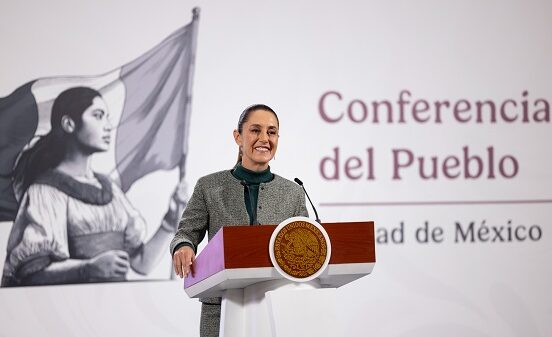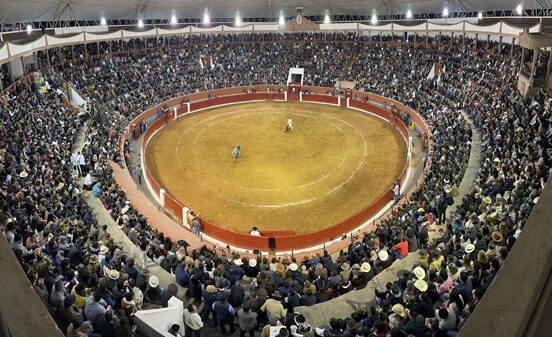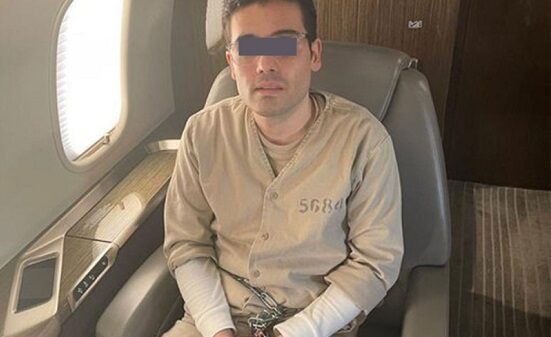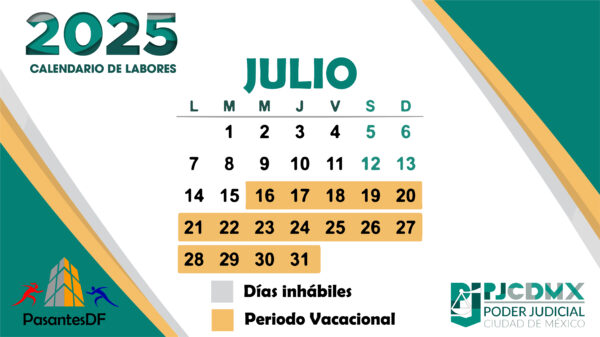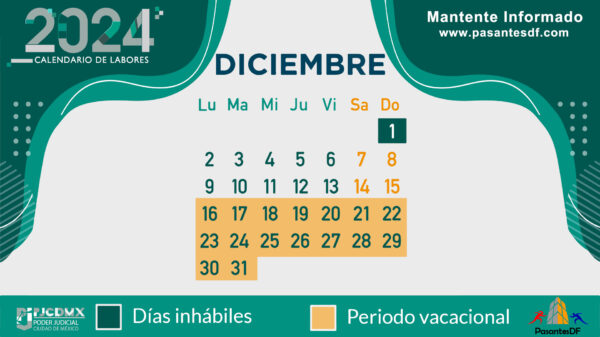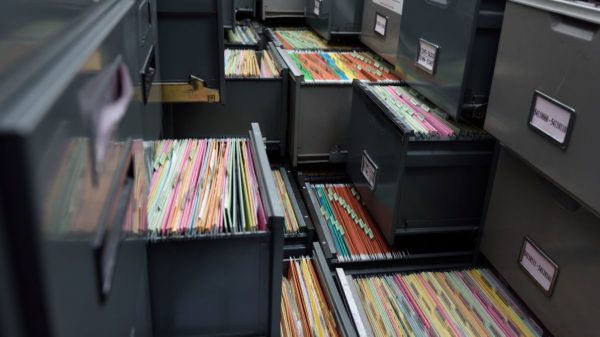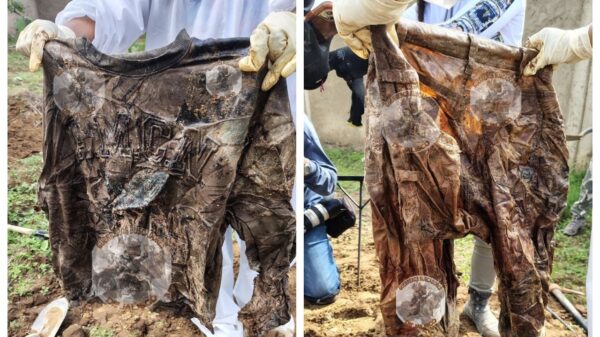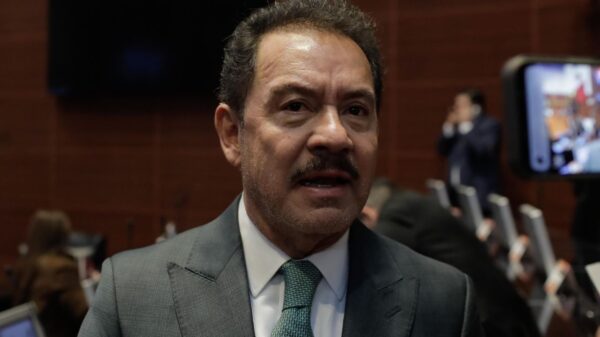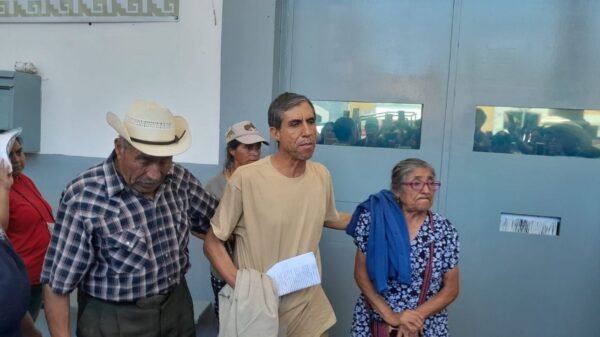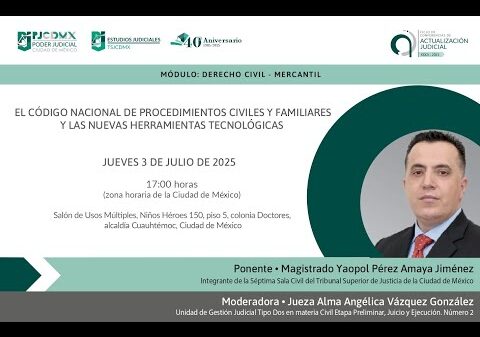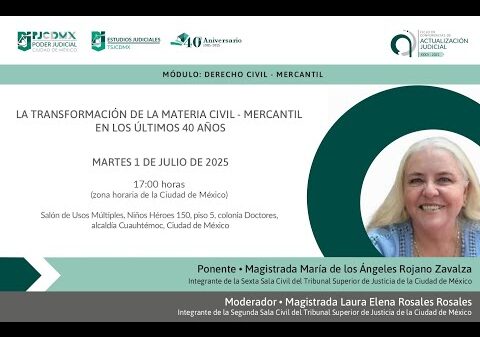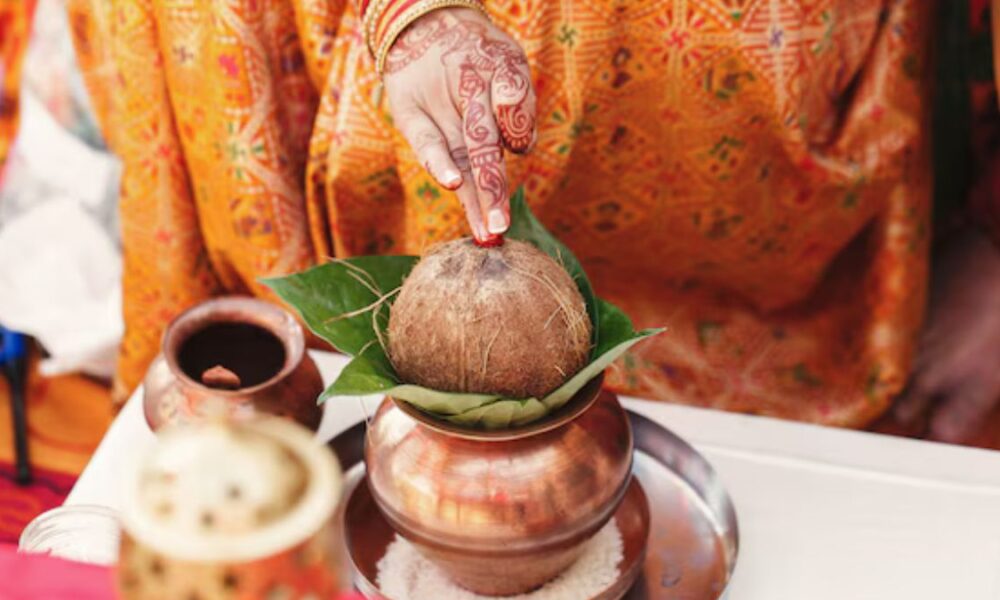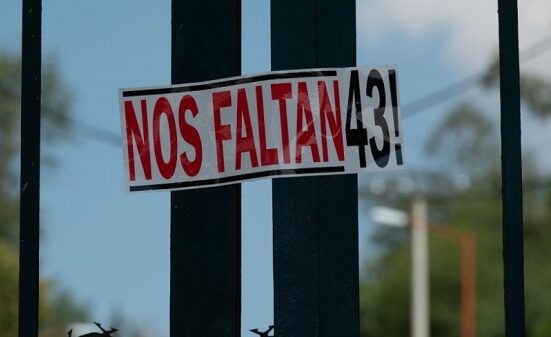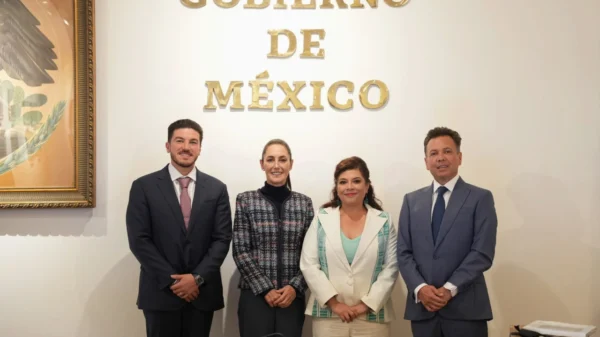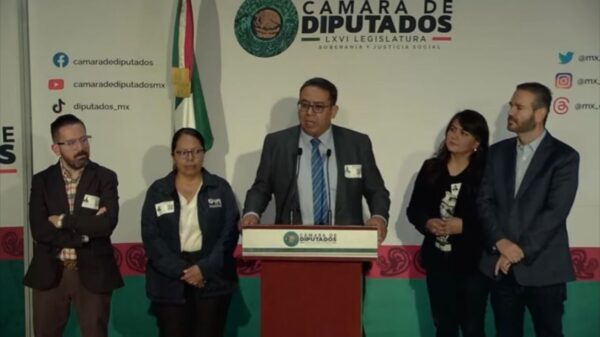Contenido
Across the world, certain cultural practices, traditions, and artifacts hold meaning far greater than what meets the eye—they connect the past with the present, instilling a deep sense of identity and belonging. One such cultural emblem is Dadiyanki, a cherished tradition tied intricately to the culture and values of the communities that honor it.
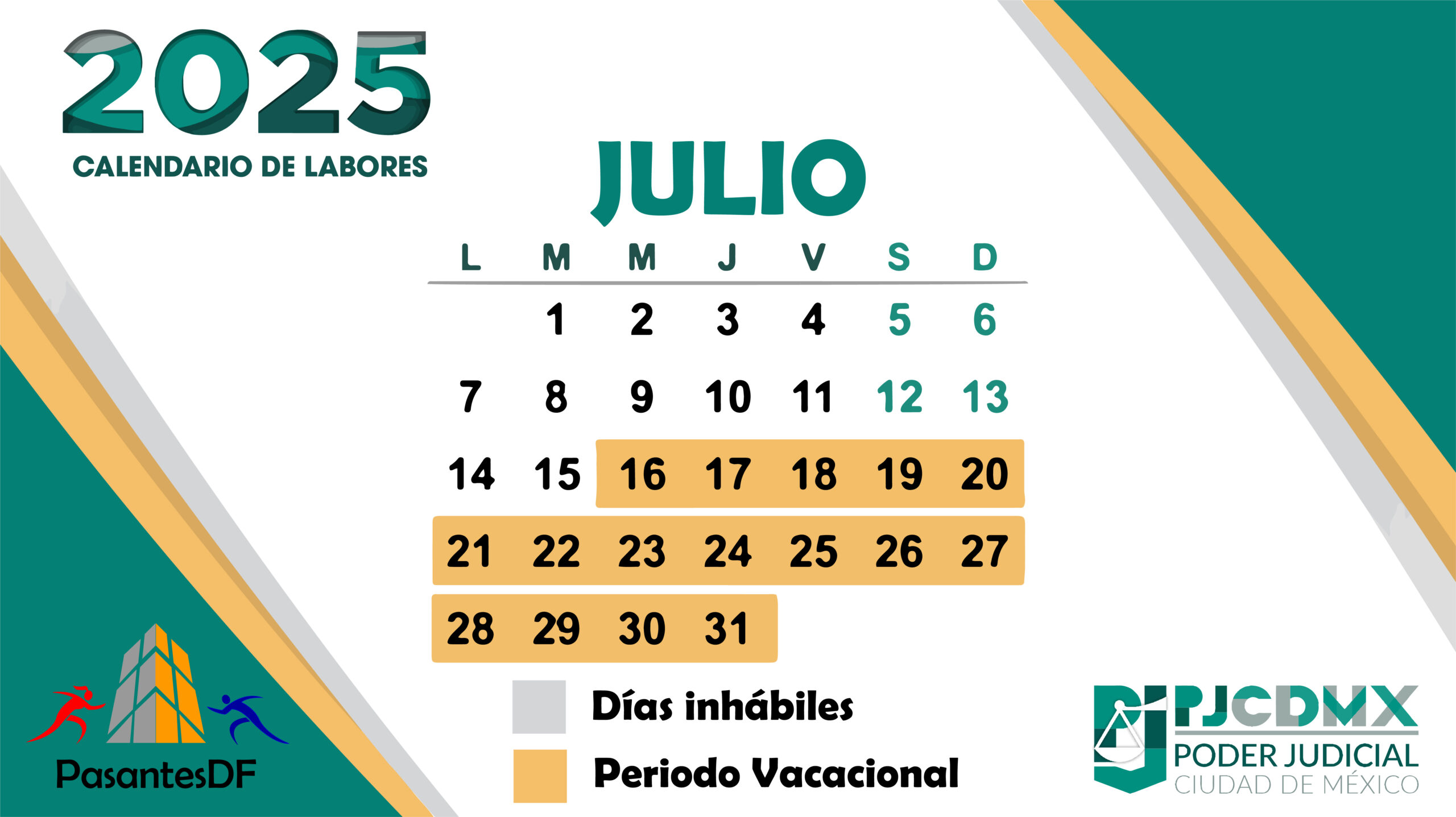
This blog explores the fascinating story of Dadiyanki, shedding light on its origins, cultural importance, rituals, modern-day relevance, and how it’s preserved within a rapidly changing society.
Whether you are a student of anthropology, someone intrigued by global traditions, or an individual with ties to the communities that honor Dadiyanki, this comprehensive guide will offer you insights and foster a deeper appreciation for this cultural touchstone.
What is Dadiyanki?
At its simplest, Dadiyanki refers to [insert brief definition based on cultural interpretation, e.g., a ceremonial tradition, a symbolic artifact, or a specific ritual practice]. Its history is deeply intertwined with the values, beliefs, and history of the communities from which it originates.
The term “Dadiyanki” holds layers of meaning. While physically or symbolically manifesting in certain ways, it often encapsulates much larger themes of ancestry, spirituality, and social cohesion. Depending on the region and context, Dadiyanki may take on slightly varied forms, but its essence remains universally tied to values like respect, honor, and the continuity of heritage.
A Brief History of Dadiyanki
No tradition exists in isolation, and Dadiyanki is no exception. Thought to have its origins in [add the historical context here, e.g., century, geographical region, or specific historical events that popularized it], Dadiyanki evolved through [list notable periods or events] to become the practice we recognize today.
What sets Dadiyanki apart is its resilience. Over centuries, it has adapted to economic shifts, colonial influences, and globalization, all while preserving its intricacies and meaning. This makes it not just a relic of the past but a living heritage deeply integrated into daily lives and seasonal rituals.
The Cultural Significance of Dadiyanki
Cultural traditions like Dadiyanki often serve as more than symbolic practices—they act as the glue that ties communities together while embedding history and identity into the present. Here’s why Dadiyanki is so deeply valued.
1. Connection to Ancestral Roots
At its heart, Dadiyanki celebrates and honors ancestry. It serves as a conduit to connect present generations with their lineage, fostering gratitude for those who came before and paved the way.
Interactive moments like [specific rituals or practices tied to Dadiyanki] remind practitioners of their place within a continuum, emphasizing the importance of conveying traditions to younger generations.
2. Community and Togetherness
One striking aspect of Dadiyanki is its communal nature. Whether celebrated as an intimate family affair or within the wider community, the practice brings people together. These gatherings often reinforce shared values and collective belonging, breaking down social barriers and creating decades-spanning connections.
3. Spiritual and Symbolic Dimensions
For many, Dadiyanki is deeply intertwined with spirituality. Whether it involves prayers, chants, or symbolic offerings, these elements manifest beliefs about divinity, morality, and the universe’s interconnectedness.
These spiritual practices underscore a shared philosophy that extends beyond material life, imparting lessons of humility and the transient nature of existence.
Modern-Day Relevance of Dadiyanki
While grounded in centuries-old wisdom, Dadiyanki is far from a fading tradition. Instead, it continues to evolve, weaving itself into increasingly modern lifestyles.
Dadiyanki and Urban Communities
Interestingly, Dadiyanki is finding relevance even among urban communities far removed from its geographic roots. Part of this has to do with cultural festivals, diaspora groups, and modern storytelling techniques (such as social media), ensuring that even as global migration occurs, the tradition continues to thrive.
Incorporating Sustainability
A growing theme in modern iterations of Dadiyanki is sustainability. Many communities have begun integrating eco-conscious practices into rituals. For example, [specific changes, e.g., environmentally friendly materials being used instead of [original materials]].
Revitalization Efforts
There are deliberate efforts to revitalize and apply this tradition to contemporary life. Schools, cultural organizations, and even businesses are educating their members on Dadiyanki’s rituals to ensure they are passed on to future generations.
How Dadiyanki is Celebrated
Depending on regional or community-specific practices, Dadiyanki celebrations may vary, but several fundamental aspects remain consistent. Here’s a look at how this iconic tradition showcases its timeless appeal.
1. Preparation
The setting up phase. Often requiring extensive planning, preparations include gathering materials, coordinating gatherings, and reciting guidance passed through elders.
2. Key Rituals
This stage features the most sacred and cherished moments, such as [examples of specific acts, prayers, or practices done as part of Dadiyanki].
3. Feasting and Storytelling
A shared meal and storytelling often follow the formal rituals to bring the community together in lighter, celebratory moments.
Variations Across Regions
While the core symbolism stays universal, many details differ based on [factors like geography, local resources, or subgroup influences]. These variations highlight the creativity and adaptability of the people practicing it.
Why Dadiyanki Offers Lessons for a Globalized World
At a time when the world feels smaller yet increasingly disconnected, traditions like Dadiyanki remind us of the importance of heritage, humility, and harmony. Its ability to inspire respect for ancestry while fostering community and emphasizing sustainability can serve as lessons for societies seeking meaning amidst rapid change.
For those looking to deepen their understanding, participating in Dadiyanki-related events or supporting cultural preservation efforts offers a starting point to becoming part of its story.
Continue Learning and Celebrating Cultural Diversity
Whether you’re newly discovering Dadiyanki or rediscovering it with a renewed appreciation, remember that traditions like this thrive on the contributions of each individual who participates in or learns about them.
If you’re ready to learn more, connect with local practitioners or keep exploring cultural heritage in your community. Preserving and understanding practices like Dadiyanki strengthens the bonds between generations and ensures the past continues to guide the future.
Cortesía de Miltrámites.net

Dejanos un comentario:
